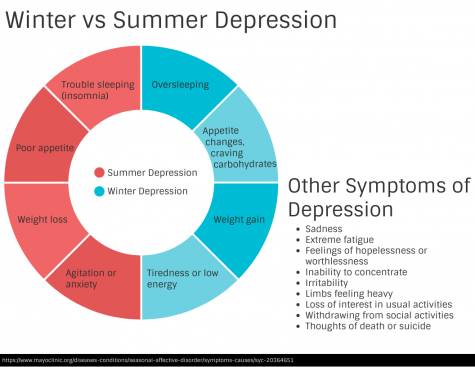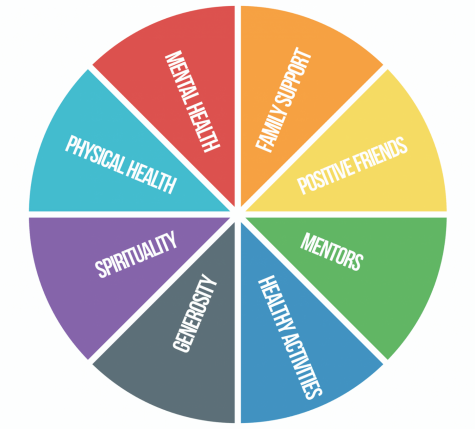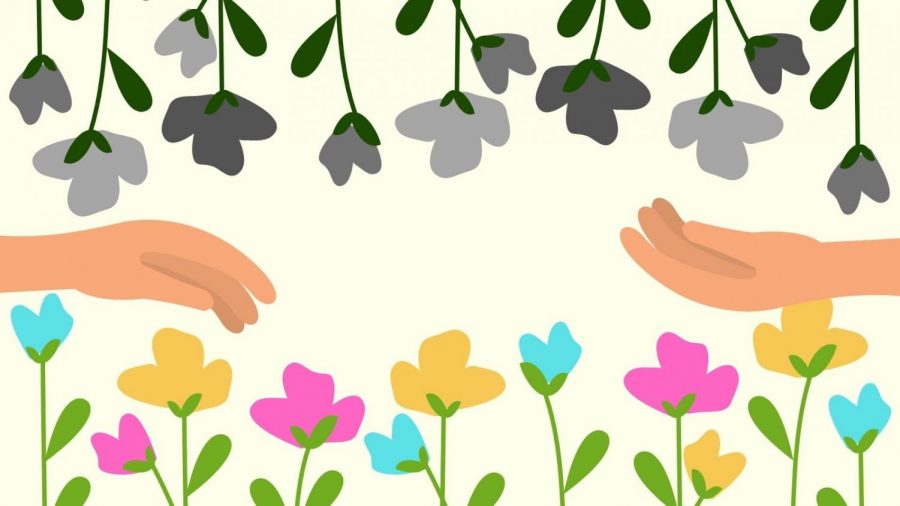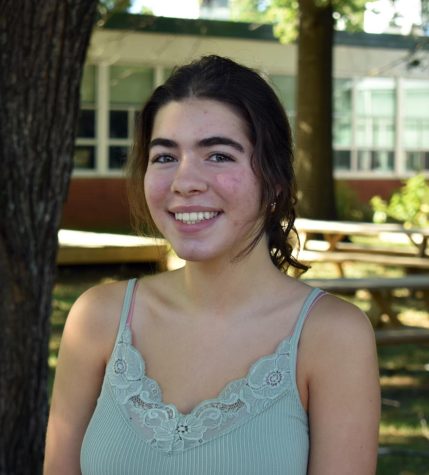Seasonal Affective Disorder: What It Is and How to Address It
January 26, 2021
Ten million Americans are affected by seasonal affective disorder (SAD). It is a mood disorder that correlates with a season. SAD is a type of depression, not a separate disorder, so one can experience symptoms similar to someone with clinical depression.
This disorder has no exact cause, but the majority of people with seasonal affective disorder have an imbalance of serotonin, a brain chemical that affects mood. It takes a while to diagnose since a person must have symptoms for two or more years.
Seasonal affective disorder is sparked by certain times of the year. For example, winter depression starts around October and November and abates closer to March or April. It is triggered by a decrease of serotonin because of the lack of sunlight in the winter and fall months.
An uncommon form of seasonal affective disorder is often referred to as summer depression. Only 10% of people with SAD experience this type of depression. It occurs when the increase of sunlight decreases the production of melatonin due to a disruption in a person’s circadian rhythm, the body’s internal clock that regulates the sleep-wake cycle.
When melatonin production is decreased, the body doesn’t have a sense of time, causing a groggy feeling until mid-afternoon and then a surge of energy at night, which can lead to insomnia.

“This kind of depression (SAD) is kind of more atypical because whereas people with classic depression will tend to lose weight and not feel so hungry,” Pamela Lindo, school psychologist at Loudoun Valley, said. “It’s the opposite for people with seasonal depression, so they will tend to eat more and gain more weight.”
Seasonal affective disorder is more predominant for people living at northern or high latitudes because of the lack of sun throughout the year. Young adults and women are also more likely to experience this disorder.
It is inevitable Covid-19 and constant quarantine will cause mental health problems to rise. While it takes two years to diagnose SAD and we haven’t been social distancing that long, more people are experiencing symptoms associated with seasonal affective disorder. There has been an increase in hopelessness and a loss of interest in everyday activities over the past year.
“If you’re suffering from depression, I guess it (quarantine) would make it worse because you’re not getting that exercise, you’re not getting that sunlight, and especially for people with seasonal affective disorder,” Lindo said. “This pandemic started in the spring, so for people who were supposed to remit in the spring, I wonder if they did or not.”
Depression isn’t something that will go away in a few days, and most people won’t find what works for them right away. With winter depression, it is the lack of serotonin that may cause severe symptoms. According to the National Alliance on Mental Illness , the recommended treatment is a combination of antidepressant medications, exercise and cognitive behavioral therapy. Other options include light therapy, Vitamin D supplements and psychotherapy.
Sources of Strength is an universal program in schools that trains students to become peer leaders. It is a strength-based wellness program about suicide prevention and other issues like substance abuse or bullying. This is one of the first suicide programs that is using peer leaders and it has increased the youth-adult connectedness.
The Sources of Strength wheel shows the eight strengths a person can have: mental health, family support, positive friends, mentors, healthy activities, generosity, spirituality and physical health. One may be stronger in a particular area than another, and this program mobilizes that strength to positively change individuals or communities.
 ”Everybody has strengths,” Lindo said. “We all can tap into this wheel. It’s just how strong we are in a particular strength versus another strength. It’s a lot healthier to have more than one strength and it’d be great if we could tap into all the strengths of the wheel. That’s what the training for Sources of Strength for you guys are. It’s to help the kids in school tap into those strengths.”
”Everybody has strengths,” Lindo said. “We all can tap into this wheel. It’s just how strong we are in a particular strength versus another strength. It’s a lot healthier to have more than one strength and it’d be great if we could tap into all the strengths of the wheel. That’s what the training for Sources of Strength for you guys are. It’s to help the kids in school tap into those strengths.”
Not everyone experiences the same symptoms of depression. If you feel off and have been for a while, talk to a trusted adult or the Substance Abuse and Mental Health Services Administration’s National Helpline – 1-800-662-HELP (4357). To find more about this helpline check out SAMSA’s website.
“A lot of people who are susceptible to depression also don’t have that resilience to bounce back,” Lindo said. “People might be triggered to be more depressed because they have that tunnel vision. It’s all or nothing. That kind of propels them down that rabbit hole of depression because they don’t have the ability to see their options around them.”








